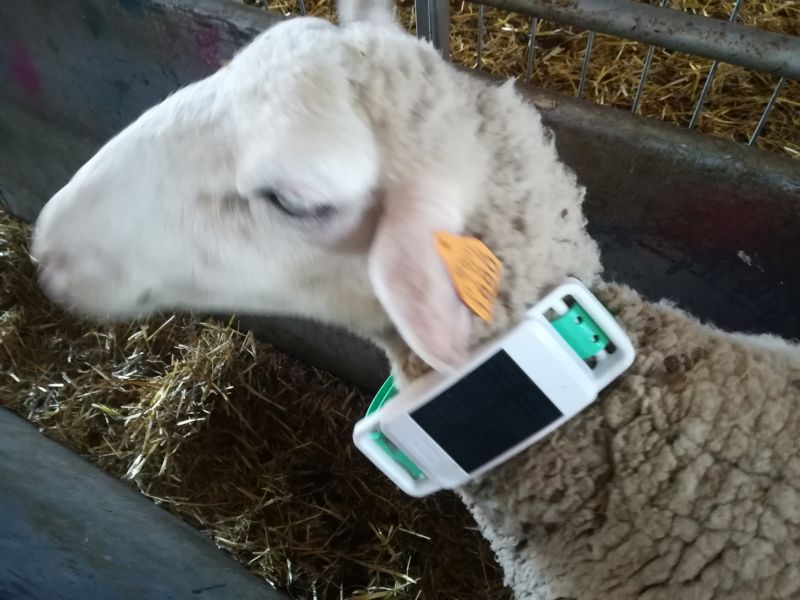Sheep 4.0

The Sheep 4.0 project aims to develop an optimization model for the production of dairy sheep, based on the use of industry 4.0 tools and scientific modeling. As a result, it is intended to minimize the use of concentrate and the emissions of greenhouse gases per liter of milk.
Intensive (concentrate-based) livestock farming is on the rise, along with concerns about environmental impact and animal welfare. Biodiverse sown permanent pastures (PSB), rich in legumes, are a promising solution in the Mediterranean area due to their high productivity and protein content. However, they have variable spatial, intra and interannual productivity and require significant fertilization with phosphorus. The intrinsic variability of pastures has led in the past to a shift from pasture based livestock to concentrate based livestock. But Industry 4.0, by acquiring, processing and analyzing massive amounts of data, which characterize this variability, can allow achieving an optimal balance between pastures and concentrate.
By optimizing the combination of legume-rich pastures with precise concentrate feeding, aided by remote sensing data, artificial intelligence and networked information gathering (Internet of Things IoT), Sheep 4.0 addresses the dairy sheep sector through an innovative combination of industry 4.0, namely through instruments for massive collection of data on animals and pastures, resulting in scientific modeling processes to maximize dairy production performance with the reduction of the GHG footprint. Remote sensing (satellite and drone) is used to measure pasture productivity and nutritional content (energy and protein), allowing the elaboration of maps of differentiated fertilization with phosphorus. Pasture consumption is estimated through animal movement and behavior, based on GPS collars. The modeling of animal metabolism uses the Dynamic Energy Budget (DEB) theory, which then allows an optimal choice of the amount of concentrate and protein. Reducing concentrate and protein consumption leads to a reduction in economic and environmental costs (lower life cycle impacts, reduced methane production and reduced nitrogen emissions).
Led by Terraprima - Serviços Ambientais, this project is a consortium that has a multidisciplinary team with experience and knowledge in sustainability assessment, industry 4.0, scientific modeling and assistance to farmers (Terraprima - Serviços Ambientais); agricultural management (Terraprima - Sociedade Agrícola); ecology and agronomy of pastures (Instituto Politécnico de Bragança); animal science (Instituto Politécnico de Castelo Branco), as well as sustainable and precision livestock.
Designation
- Sheep 4.0 – Indústria 4.0 sustentável em ovinos de leite em pastagem
Project number
- 069892
Operation code
- POCI-01-0247-FEDER-069892
Main objective
- Reinforce research, technological development and innovation.
Intervention region
- 5,03% North of Portugal
- 59,56% Center of Portugal
- 35,41% Alentejo region of Portugal
Beneficiary entities
- Terraprima – Serviços Ambientais, Sociedade Unipessoal, Lda.
- Terraprima – Sociedade Agrícola, Lda.
- Instituto Politécnico de Castelo Branco
- Instituto Politécnico de Bragança
Approval date
- 13-04-2021
Beginning date
- 01-09-2020
Ending date
- 30-06-2023
Total eligible cost
- 912.794,17 €
European Union financial support
- FEDER – 702.268,74 €
-
Creation of a service for the production of maps of differentiated fertilization for phosphorus, using indirect methods.
- Creation of a consulting service for farms to optimize the feeding of the herd. It includes: recommendations for grazing management, based on indirect methods; recommendations for animal feed supplementation, based on modeling animal metabolism. The aim is to maximize pasture use and optimize supplementation, achieving the maximum amount of milk produced per unit of concentrate supplied (minimizing greenhouse gas emissions and the cost per liter of milk).





